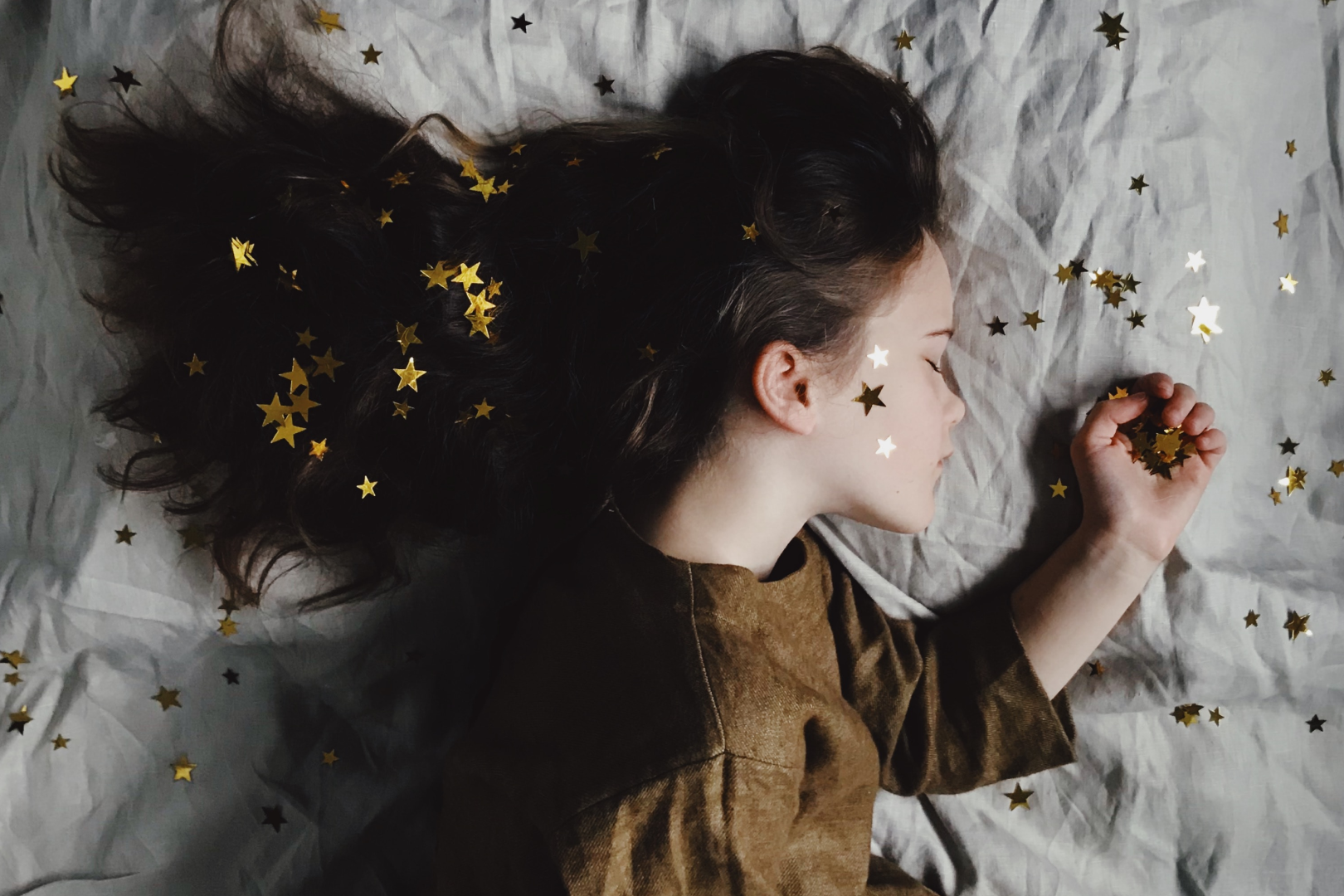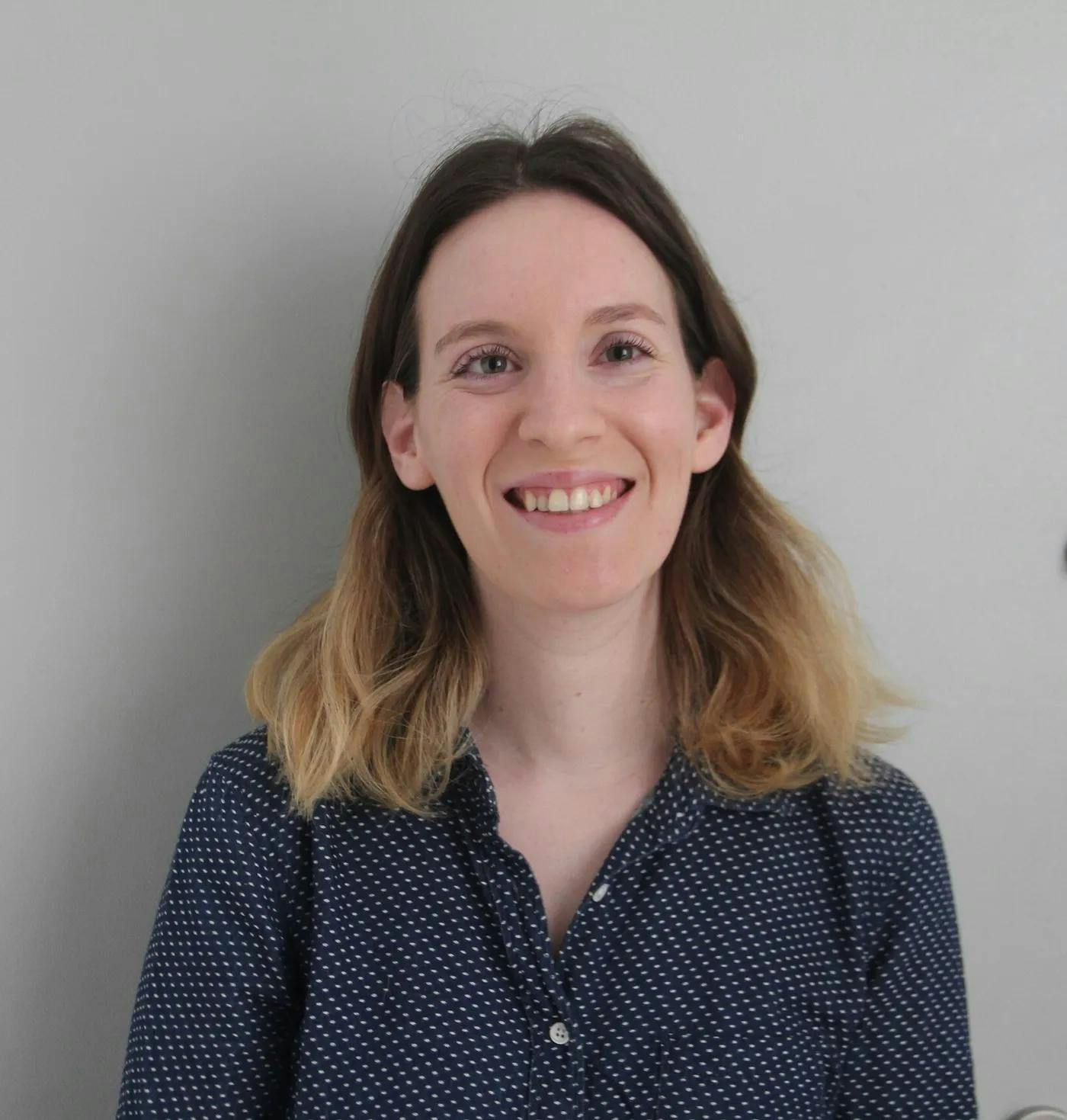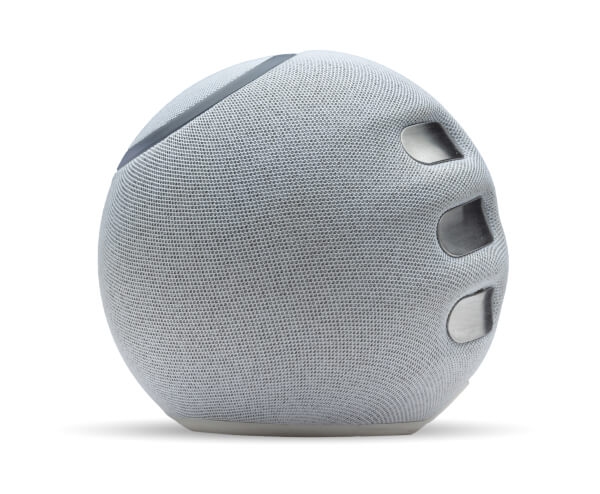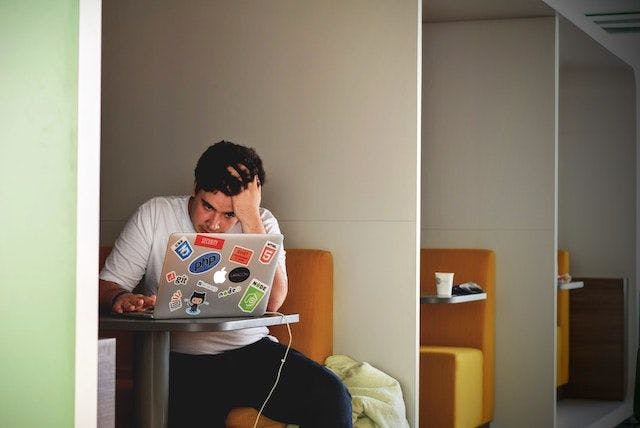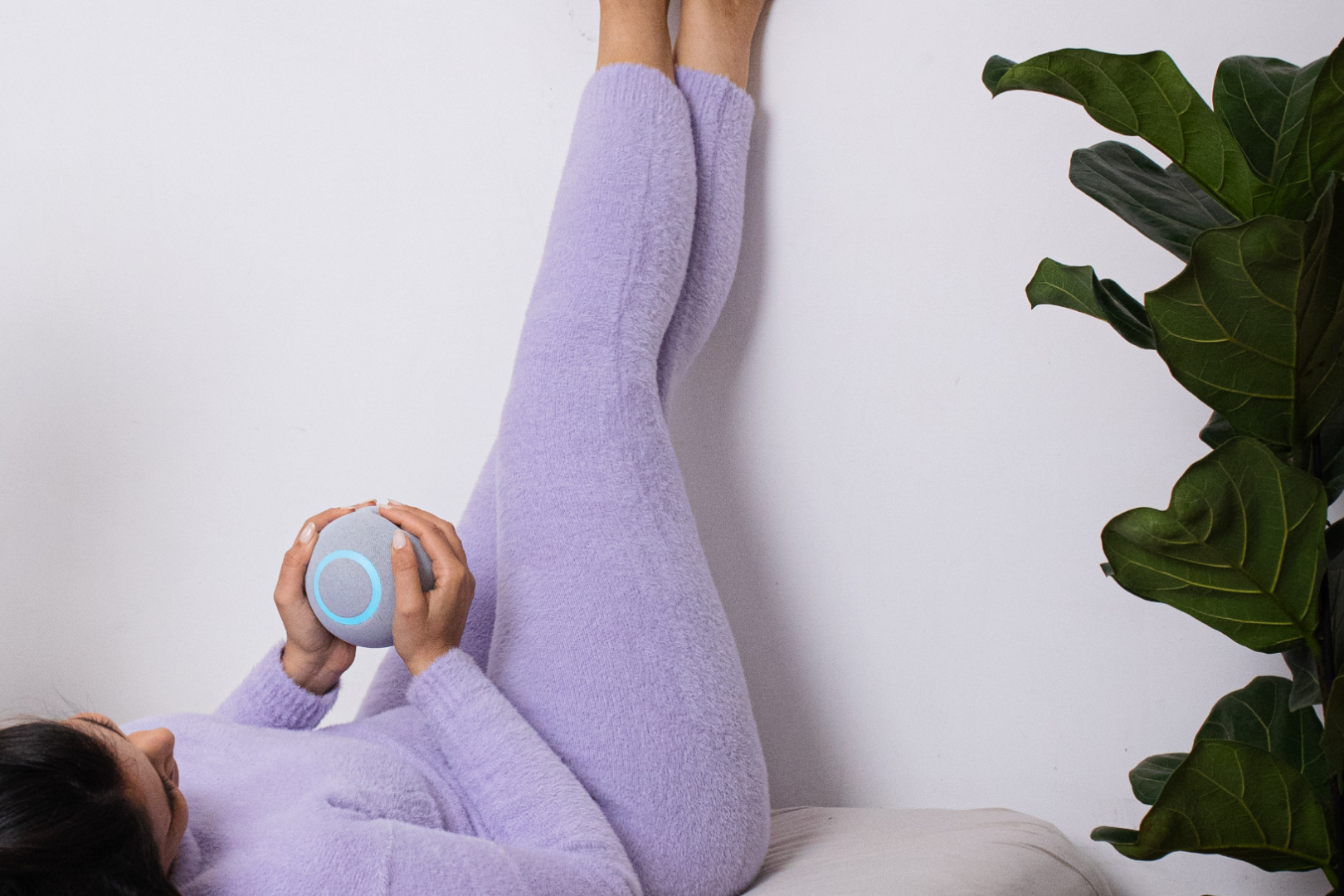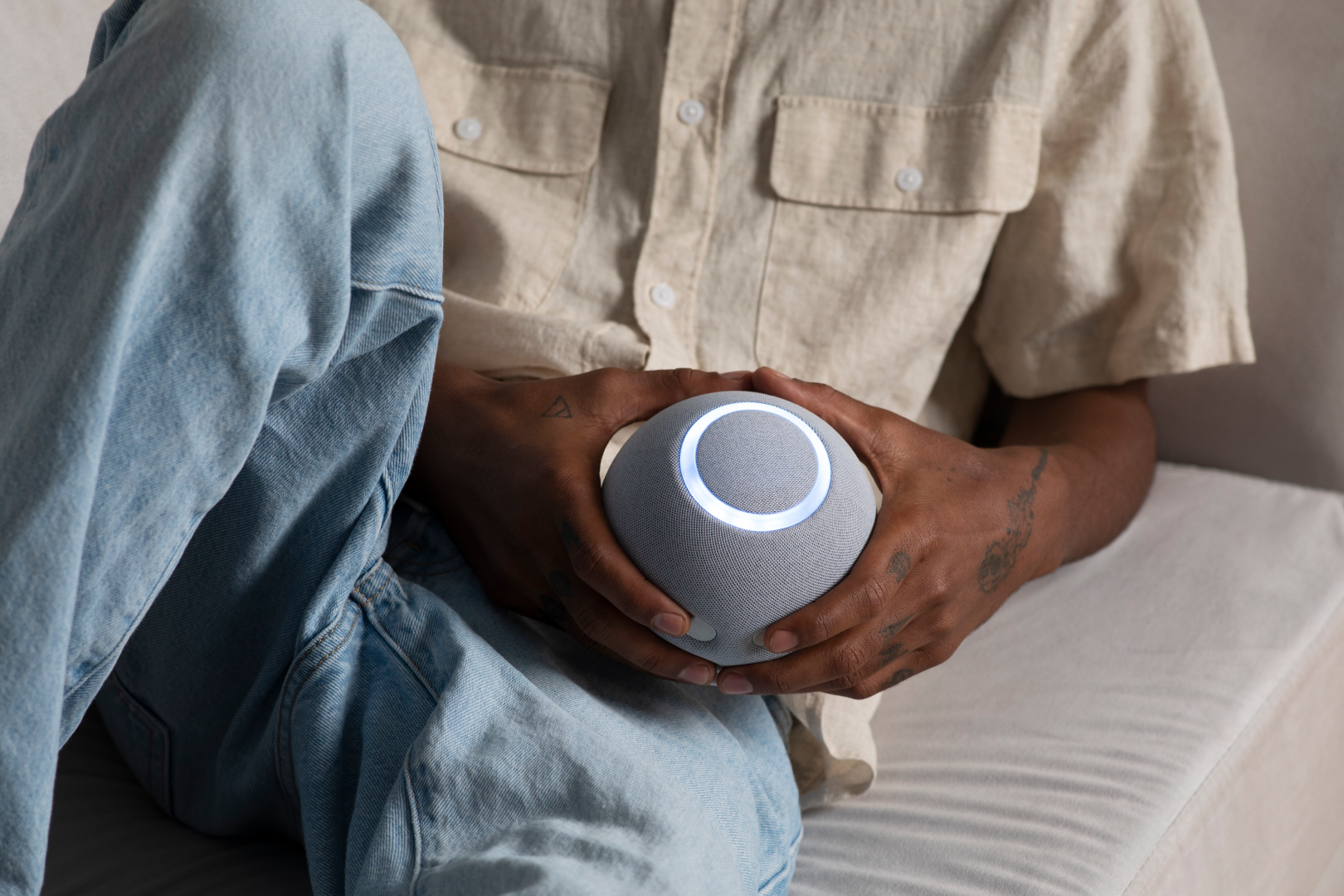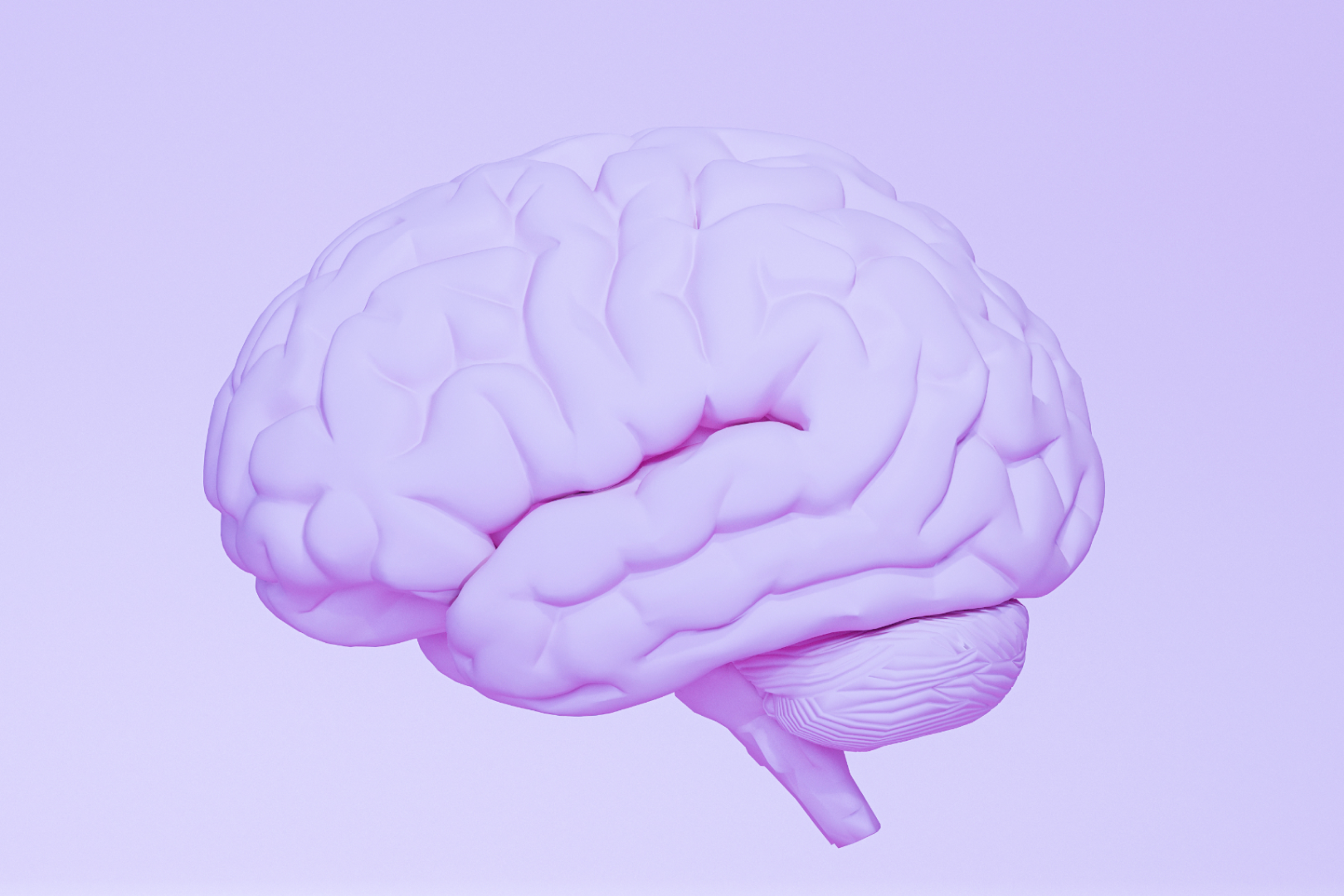Since first becoming known in the 1970s, biofeedback has steadily gained popularity for treating a wide range of mind-body disorders.
For instance, clinical research has demonstrated its effectiveness for reducing headaches, managing urinary incontinence, and as an adjunct or alternative method for treating insomnia.
A major advantage of biofeedback is its safety profile. Biofeedback is a non-invasive and nonpharmaceutical technique, and it has no side effects or contraindications, making it a good option for people of all ages, including children.
Furthermore, with self-use biofeedback devices like Reflect readily available, biofeedback is accessible to all. People can practice biofeedback at home, at their convenience and comfort. This is particularly favorable for treating children. With self-biofeedback, parents can guide their child in biofeedback practice and empower them with the ability to control and improve their symptoms, at their own pace.
Let’s take a look beyond the research lab and see how home biofeedback with the Reflect Orb has helped a child called Lizzy manage her insomnia and improve her well-being.
How Reflect Orb Helped a Child Overcome Insomnia
Lizzy is 9 years old, and diagnosed with ADHD at the age of 7. A bright, happy, and outgoing child, she has difficulty concentrating and is easily distracted.
Like many children with ADHD, Lizzy also has trouble falling asleep. She typically lies awake in bed for one to two hours, frequently getting up to go to the bathroom or to have a drink.
Lizzy’s bedtime routine included reading stories, lullaby songs, a white noise device, and having a parent sit by her bedside. However, these did not help, even during school holidays when Lizzy went to bed later.
A therapist recommended that Lizzy try biofeedback before going to sleep, and Lizzy’s parents decided to give it a go. They chose the Reflect Orb, a simple-to-use biofeedback device that requires placing the palms of one’s hands on a circular orb that tracks the individual’s physiological activity through the skin.
Biofeedback with Reflect: The Process
Learning how to do biofeedback properly and get results takes some practice. Lizzy’s parents helped her ease into biofeedback with Reflect, trying out different methods and features until she arrived at the right way for her.
Getting to know Reflect:
To help Lizzy get familiar with Reflect, she first started using it without the app. This gave her more time to understand the basics of biofeedback with the Reflect device.
Instead of starting at bedtime, Lizzy practiced using Reflect during the day, taking the time to find out how she prefers to relax, without the emotional charge that comes with trying to fall asleep at night.
Experimenting with Reflect:
Next, Lizzy experimented with the right position. After some trial and error, she decided that her most comfortable posture during Reflect sessions is lying flat on her bed, with the device placed on her chest between her hands, so she could look down and see it.
Lizzy tried out the meditation music available on the Reflect app and discovered that she enjoyed it. Session duration is another important component of the Reflect experience. On the first night, Lizzy completed an 8-minute session and then wanted another session straight after.
On the second night, Lizzy chose to do a longer session of 10 minutes. On the third night, she practiced for even longer (16 minutes). However, soon after the tenth minute, her biofeedback signals turned from ‘relaxed’ back to ‘alert’. This indicated that longer sessions are too distracting for Lizzy, and the sweet spot for her is around 10 minutes.
Lizzy prefers to use Reflect in a darkened room, which helps her to see the changing colors on the device that indicate her relaxation levels. She likes the medium brightness setting, although her parents think the low setting is the most suitable.
Lizzy began using the breath pacer feature, however, this was not found to be helpful. The changes in LED lights that accompanied her changes in breathing made her over-excited and disrupted her relaxation process, so she stopped using this feature.
This process of discovery is an important part of the Reflect experience. While trying out the features and experimenting with position, brightness, and duration, Lizzy and her parents were able to optimize the session to make sure she was getting the most out of her biofeedback practice. The results have been promising.
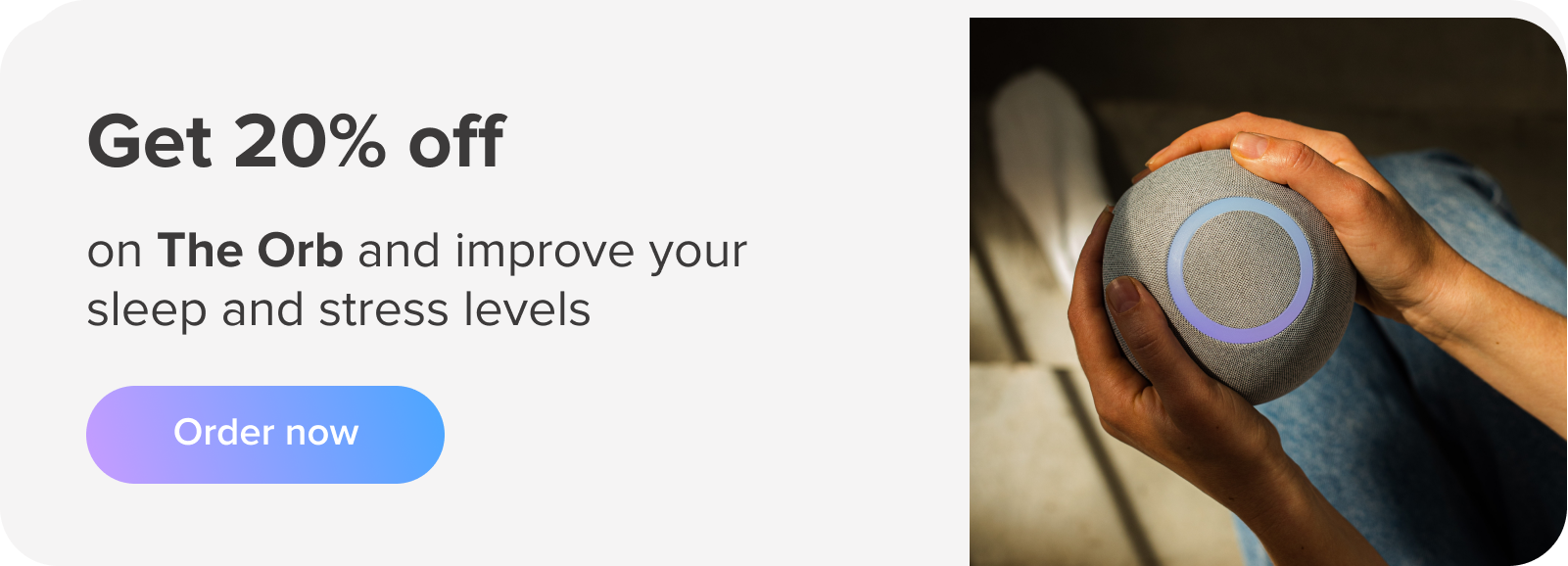
Reflecting on the Outcomes: Seeing the Data
When she first began using Reflect, Lizzy would try hard to fall asleep, usually doing so towards the end of the session while still holding the Orb. She would sleep for a few minutes after the track ended and wake up shortly after. Then she would put the Orb aside and go back to sleep quickly.
After more practice, Lizzy began to understand that she needed to ‘let go’ and stop trying so hard to fall asleep, and she became better at doing so. With the help of Reflect, Lizzy was able to train her mind and body to move more easily into sleep mode.
One of the most powerful aspects of Reflect for Lizzy is the ability to see the biofeedback data for herself. The percentage of time Lizzy is feeling relaxed increases steadily and steeply from session to session.
On the first day, the app showed that Lizzy was hardly relaxed at all. By the tenth day, the Reflect data showed that Lizzy was very relaxed for most of the second half of the session, corroborating her improved ability to achieve calm and fall asleep.
Lizzy on Reflect: In her Own Words
Lizzy loves the bedtime experience with Reflect. Seeing her physiological signals on the app provides incredible encouragement and reinforces her confidence in her own ability to relax, quiet her mind, and fall asleep.
“Lying in bed with the Orb, my thoughts really slow down…and looking at the soft lights soothes me as well!”
Lizzy’s Parents: A Message of Hope
Empowerment is a big part of Lizzy’s success with Reflect. Instead of feeling helpless at bedtime, home biofeedback has enabled Lizzy to manage her thoughts and feelings, and self-regulate her way to a more relaxed state that is conducive to sleep.
According to Lizzy’s parents, their daughter was fascinated by Reflect from the start, and eager to learn how to use it, enjoying the process. Instead of frustration and helplessness, Lizzy now has a rewarding sense of control and a far better quality of sleep.
“It feels like all of us are together on this exploratory journey, and we are excited to see how Lizzy’s use of Reflect will evolve as she acquires more self-regulation skills.”
